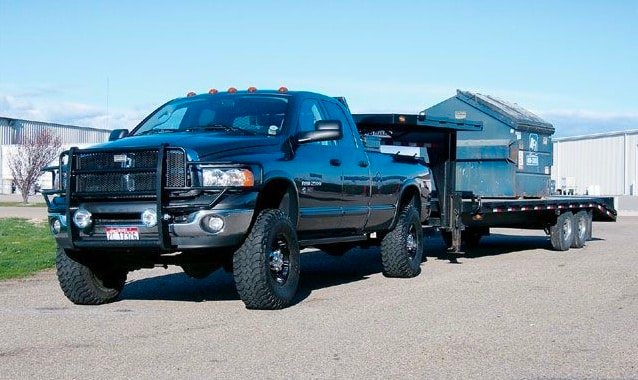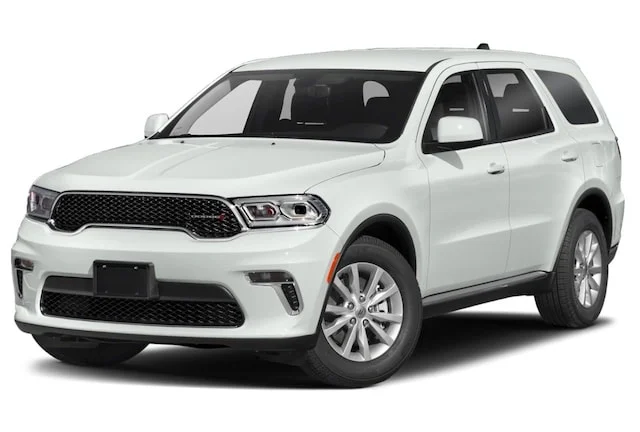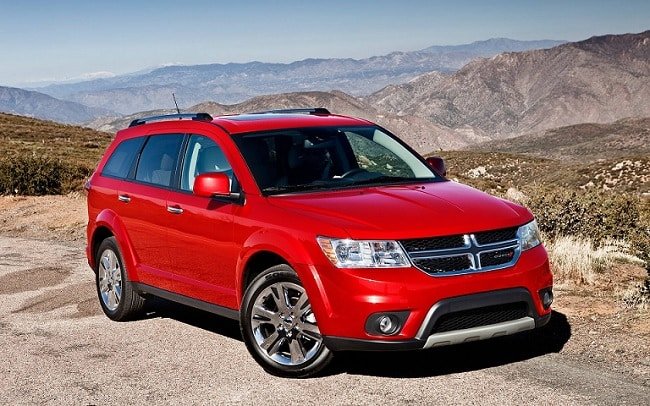Your Dodge Ram truck is supposed to give you all the power you need to move through the toughest terrains. But in the freezing cold, you would have to rely on its heating system to give you some warmth. It then becomes a big problem if the heater won’t come on or, worse, you’re getting cold air or no air at all.
There are a lot of reasons why our Dodge Ram heating would stop blowing warm air and luckily, there are tons of fixes that would get the problem solved.
The most common causes of this problem are usually incredibly easy to fix and might not even require the assistance of a professional.

- Dodge Ram Heater Not Blowing Hot Air: Causes
- Low level of coolant
- Faulty thermostat
- Presence of airlocks
- Bad coolant hoses or loose clamps
- Radiator leaks
- Faulty radiator cap
- Faulty water pump
- Other Causes of Dodge RAM Heater Problems
- Dodge Ram Heater Not Blowing Hot Air: How to Fix
- Top the coolant
- Replace the thermostat
- Clear out airlocks
- Inspect the hoses and clamps
- Repair the radiator if leaking
- Replace the radiator cap
- Fix or replace the water pump if faulty.
- Other Fixes to Try Out
- Final Thoughts
Dodge Ram Heater Not Blowing Hot Air: Causes
Low level of coolant
This is one of the most common causes of heater problems and it is a sign that you’re not giving your car proper attention. If the coolant level drops too low, the vehicle’s heater core will not get enough warmed coolant through which it will produce heat.
Faulty thermostat
The vehicle’s thermostat is a valve in the cooling system. It stays cold when the engine is cold which creates a shorter coolant circulation path. This way, the engine warms up more quickly and reduces emissions. If the thermostat stays stuck in open as the engine reaches operating temperature, it will delay warm-up and hinder heat output.
Presence of airlocks
An airlock could cause improper coolant circulation. The presence of an airlock could arise from topping the vehicle with a new coolant or a result of a coolant leak.
Bad coolant hoses or loose clamps
With continuous use, the coolant hoses could become clogged or get blocked. In addition to that, the clamps securing the hoses can loosen. A visual inspection should be able to confirm if the hoses are deteriorating and if the clamps are not tight enough.
Radiator leaks
If the radiator is leaking, then it could shorten the level of the coolant which means the heater core won’t get much-warmed coolant.
Faulty radiator cap
The radiator cap acts as a sort of pressure regulator or escape valve that ensures the pressure in the cooling system never gets too high. If the cap stays stuck in the open position, there won’t be sufficient pressure in the system so the coolant won’t get hot enough. This means you won’t get enough heat in the cabin.
Faulty water pump
The water pump is needed to circulate the coolant through the vehicle’s engine and its heater core. In older vehicles, it can be a source of heater problems due to leaks and inadequate coolant circulation.
Other Causes of Dodge RAM Heater Problems
- Faulty thermostatic switch
- Clogged heater core internal passages
- Clogged heat-radiating fins
- Faulty Heater Valves
- Faulty Blower fan
Dodge Ram Heater Not Blowing Hot Air: How to Fix
Top the coolant
Since having low levels of coolant is the most common problem with heating systems, it would be best to check here first. Top up the coolant to the proper level and see if it helps. Also, check for leaks and fix them as losing coolant could lead to engine problems later on.
Replace the thermostat
A faulty thermostat is another common problem and it is also very easy to fix. All you have to do is get a new thermostat and replace the faulty one. Before doing that, you should confirm that the thermostat is working as it should. This would require you to drain your coolant and boiling the thermostat in water to see if it closes.
Clear out airlocks
Air locks could result from topping up coolant so you should clear out any airlocks while performing the first fix. To do this
- Set the heater to its max settings
- Take off the coolant tank cap and fill it with coolant to the proper level
- Leave the cap open, then start the engine and let it idle for a few minutes
- If the coolant level drops as the thermostat opens, then top it up to the proper level.
- This should clear out any air bubbles.
- With the engine fully warmed up, put the cap back on, and test the truck to see if the heat output is back to normal.
Inspect the hoses and clamps
If the hoses and clamps are having issues, then you won’t get a high heat output. You should inspect and replace all worn hoses and check the clamps if they are tight. Also, look out for leaks and fix them immediately.
Repair the radiator if leaking
If you notice that your radiator is leaking coolant then it would have to be repaired or in some cases, replaced.
Replace the radiator cap
This is quite an easy fix that won’t require any professional assistance. If you’re able to pinpoint the radiator cap as the problem with the heating system, then it should be replaced with a new one.
Fix or replace the water pump if faulty.
If you own an older vehicle, then you’re likely to have a leak from the water pump which could cause some serious issues for the heating system. You should have your mechanic check the water pump if it is in good working condition or if it is leaking. It may need to be repaired or replaced.
Other Fixes to Try Out
- Get a new thermostatic switch if the one in the vehicle isn’t working right
- Flush the heater core’s passages or replace the heater core to get the heat output back to normal
- Fix or replace faulty components in the heater valves
- Check the blower fan for a blown fuse, faulty wiring, or have it replaced
Final Thoughts
There are quite a few fixes here that you should be able to perform on your own but that doesn’t mean you should try doing everything by yourself. You would need the assistance of a professional in handling some of the more serious fixes. If you don’t have much experience with trucks then driving your vehicle to the mechanic’s shop is the best decision.






